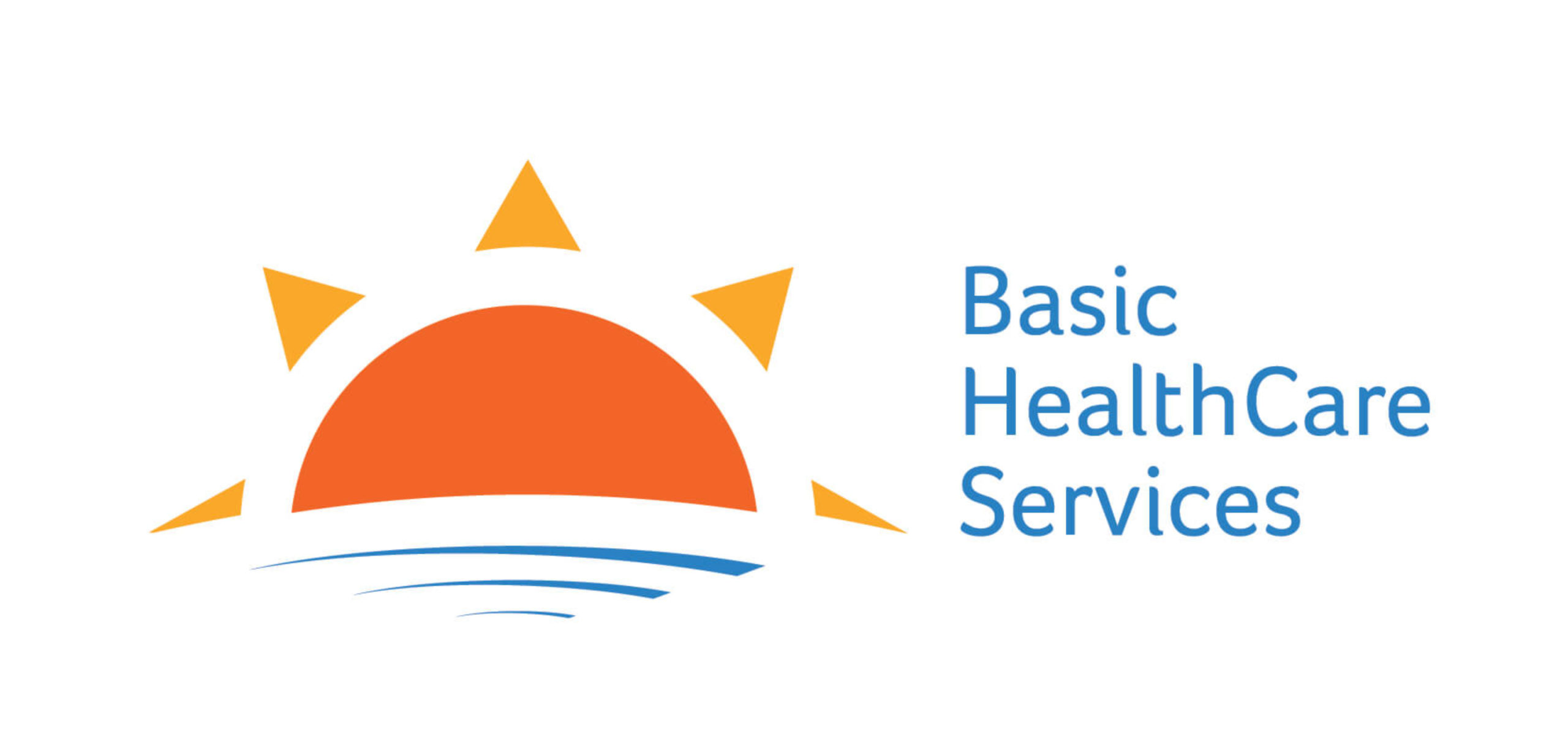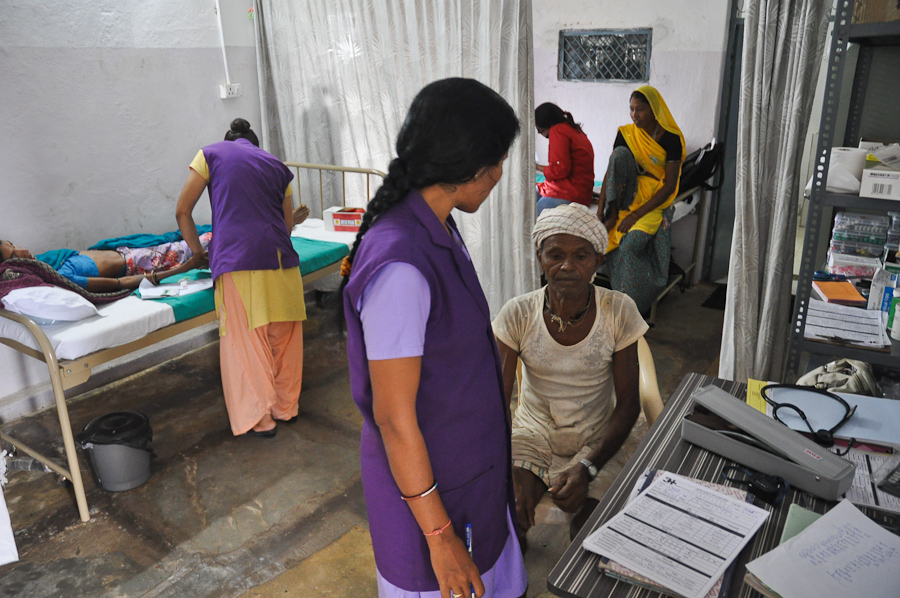Many people in India, especially the poor, face the problem of seeking effective health care at a cost they can afford, and at a distance they can travel, and with a dignity that they deserve. They make compromises depending on the situation: either with cost, or quality, or dignity. In many cases, families shop for healthcare across different providers at different levels, still getting a poor deal in the end.
Summation of these effects at the individual level is reflected in the poor health outcomes at the population level (such as high levels of mortality, high prevalence of diseases such as tuberculosis etc), and high levels of inequalities in these outcomes. They are also reflected in impoverishment of families due to high recurrent or catastrophic expenditures on health care.
What is the solution? It is well known that 85% of all healthcare needs can be managed effectively at the primary care level, and that the costs of care are substantially lower. From the evidence across the world, it appears that the countries that have a strong primary health care system have better health outcomes, lower inequalities in these outcomes, and lower costs of care.
So what is an effective primary health care system?
Starfield has put forth the four elements of a primary care system:
- The point of first contact for all new needs
- Person-focused rather than disease-focused continuous care over time
- Comprehensive care provided for all needs that are common in the population
- Coordination of care for common needs and also those that are sufficiently uncommon to require special services
In addition, a primary care system is characterised by the following features:
- Accessible to all
- Based in the community
- Includes preventive, promotive, and curative health care
What services can be provided at the primary level?
Services addressing almost 85% of the health care needs can be provided at the primary level, including curative, preventive, and promotive care. For other needs, the primary health care system assumes the responsibility of coordinating the care across the higher levels of care.
In Finland, Primary health care is defined in the Act in the following way: Primary health care consists of public health services provided by local authorities, health promotion, and any related provision of health consulting and health checks, oral health care, medical rehabilitation, occupational health care, environmental health care, as well as emergency medical care, outpatient care, home nursing, at-home hospital care and inpatient care, mental health services, and substance abuse services where these are not covered by social services or specialized medical care.
Who provides the primary health care?
Primary care requires a team of health professionals, workers, and volunteers. A judicious skill mix is often required depending on the resources available: While most systems would be coordinated by a physician, increasingly the nurses are playing a central role in providing primary health care in developed as well as in the developing countries.
The professionals who provide primary care need to have clinical, public health, and management skills, as well as social skills, to function effectively as primary health care provider.
But India already has a primary health care system.
- Primary health care services in India are located too far from the populations they serve, provide too little services, and have too little resources.
- Primary health care in India suffers from inadequate public investments. Per capita public expenditure on health in India is US $43.8, as opposed to US $268 in Thailand. Not surprisingly then, IMR of Thailand stands at 9.9/1000 live births, as opposed to 44/1000 live births in India.
- Each PHC in India is supposed to serve a population of 25-30,000 which makes them too far for many families to reach, and for the providers to provide continued care. In many parts of the world, there is a functional primary health care facility at a population of 2000-3000.
- Primary Health care services in India rely too heavily on the presence of doctors, despite having a shortage of doctors nationally. Since many doctors do not often live in the rural areas, especially in remote areas, the primary health centres become dysfunctional.
- There is no cadre of primary care providers in the country, unlike many Western countries, where General Physicians and Nurse Clinicians are the certified primary care providers. MBBS doctors are by default the primary care providers in India with no additional training. Nurses are only supposed to assist the doctors.
So what can be done differently to ensure that most families in India, especially the under-privileged families, receive affordable and good quality healthcare?
There is an urgent need for strengthening primary health care using new ways of service delivery. The new model of service delivery will have following characteristics:
- Nurse-clinician / Physician Assistant managed primary health care facilities providing comprehensive primary care to a catchment population within a maximum of one hour travel time
- Supported and supervised by a primary care physician, with one physician supporting 4-5 such facilities, using a functional transport system and an appropriate technology
- Linked to the remaining health ecosystem through an active negotiating system
- Linked to other community based social services or initiatives
- Public funded with possibly small contributions by community or users
What changes are required at the policy and program level?
Setting up such a model of service delivery will require the following changes at the policy and program level:
- Government explicitly assuming the responsibility of providing primary health care (and not relying on invisible providers springing up once people are insured)
- Higher investments in health sector and in primary health care
- Training and deploying nurses as nurse practitioners in primary care facilities
- Training and deploying physicians as primary care physicians, one physician for a set of facilities
- Setting up an intensive support system for effective and efficient management of the primary care services and for linking with other elements of the health ecosystem
Primary health care in practice in underserved areas: AMRIT Clinics
AMRIT Clinics were set up to provide low cost, high quality primary health care in remote underserved areas, to vulnerable communities. The clinics provide preventive, promotive, and primary curative care to about 2000 families living in remote, scattered areas of Udaipur district. The clinics are managed by three skilled qualified nurses, two trained health workers, and about 10-12 community volunteers.
They are supported by a general physician who makes weekly visit to the clinics and is available 24×7 for consultation and emergency management. An ambulance and management staff helps linking up with the healthcare facilities at block and district level, in the public or private sector, when required.
The services provided by the AMRIT Clinic include:
- OPD Management (Consultation, laboratory testing, and drug dispensing) for women, men, and children
- Safe childbirth services
- Outreach sessions to provide antenatal care
- Home based care for mothers and newborns
- Community health education sessions
- Facilitated referral (emergency and scheduled)
- Linking to other social services through existing social service initiatives
In one year of its operations, the two clinics have received more than 6000 patient-visits (about half of which were by women), have reached more than 1000 women for antenatal care, and have significantly increased institutional childbirths in their catchment population.

